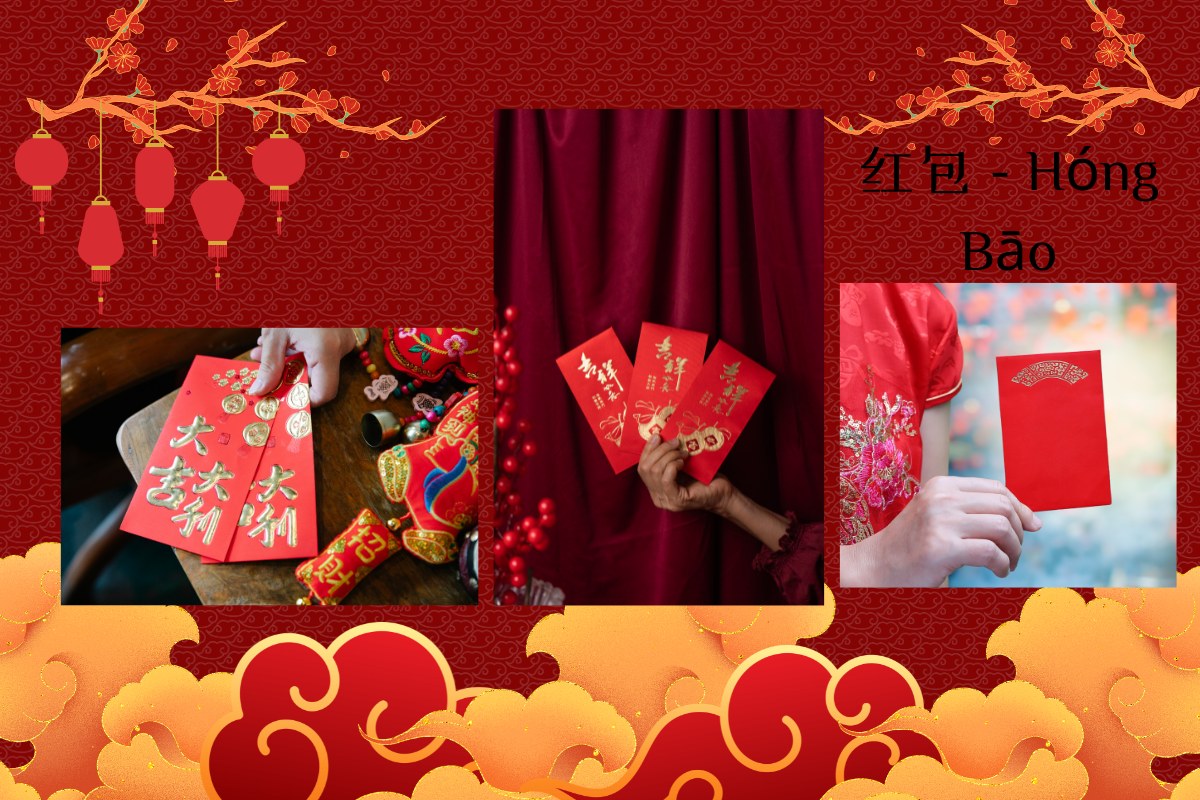Best Traditional Chinese New Year Activities (Part One)
As the most celebrated festival in China, the Chinese New Year, or Spring Festival (春节), is a time of joy, reunion, and cherished traditions. In this article, we delve into the heart of Chinese New Year customs, exploring the significance of red packets, couplets, and the grand reunion feast that marks the beginning of a new lunar year.

Red Packets (红包 - Hóng Bāo)
The tradition of giving and receiving red packets, known as "hong bao," or "ya sui qian" is a central aspect of Chinese New Year celebrations.
Significance:
- Symbol of Good Luck: Red packets, usually containing money, symbolize good luck, prosperity, and blessings 祝福 (zhù fú) for the recipient.
- Generosity and Sharing: Giving red packets is a gesture of generosity and goodwill, fostering a sense of community and familial ties.
Customary Practices:
- Elders Bestowing Blessings: Elders typically give red packets to children and unmarried individuals to pass on blessings and good wishes for the coming year.
- Decorative Designs: Red packets often feature intricate designs and auspicious symbols, adding an artistic touch to this cherished tradition.
祝福 (zhù fú), noun, blessing
Examples:
- Sending heartfelt blessings, may your life be filled with joy and happiness.
送上最诚挚的祝福,愿你的生活充满快乐和幸福。
Sòng shàng zuì chéngzhì de zhùfú, yuàn nǐ de shēnghuó chōngmǎn kuàilè hé xìngfú. - On this special day, accept our blessings
在这特别的日子里,接受我们的祝福
Zài zhè tèbié de rìzi lǐ, jiēshòu wǒmen de zhùfú

Couplets (春联 - Chūn Lián)
The hanging of couplets, or "chun lian," is a poetic and artistic expression of hopes and wishes for the upcoming year.
Significance:
- Conveying Good Wishes: Couplets consist of paired poetic phrases that convey well-wishes, blessings, and aspirations for the new year.
- Aesthetic Appeal: Written in elegant calligraphy, these couplets are often adorned with red ink and intricate designs, adding a visual feast to homes and public spaces.
Customary Practices:
- Doorway Decoration: Couplets are commonly hung on doorways, with one part pasted on each side, framing the entrance and welcoming positive energy.
- Artistic Expression: Many families commission or create their own couplets, adding a personal touch to this artistic tradition.

The Grand Reunion Feast (年夜饭 - Nián Yè Fàn)
Chinese New Year's Eve feast, known as "nian ye fan," is a grand culinary celebration bringing families together 一起 (yī qǐ) for a lavish meal.
Significance:
- Symbol of Unity: The reunion feast signifies family unity, as loved ones gather to share a sumptuous meal and welcome the new year together.
- Auspicious Ingredients: Traditional dishes featuring symbolic ingredients are prepared to bring luck, prosperity, and good fortune.
Customary Practices:
- Family Reunion: Family members, regardless of their locations, make an effort to return home for the reunion feast, emphasizing the importance of family bonds.
- Specialty Dishes: Certain dishes, such as fish, dumplings, and longevity noodles, are prepared for their symbolic meanings, enhancing the festive atmosphere.

一起 (yī qǐ), adverb, together
Examples:
- Let's go for a walk in the park together.
我们一起去公园散步吧。
Wǒmen yīqǐ qù gōngyuán sànbù ba. - In difficult times, we need to stand closely together in unity.
在困难时,我们要紧密团结在一起。
Zài kùnnán shí, wǒmen yào jǐnmì tuánjié zài yīqǐ.